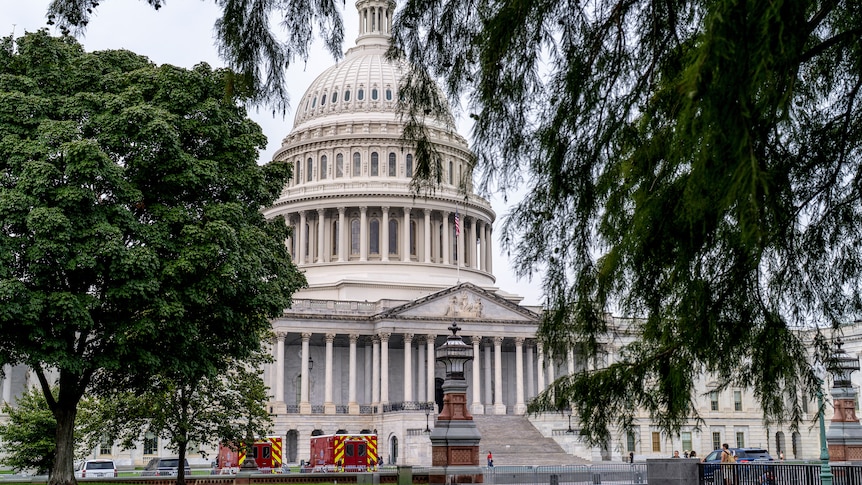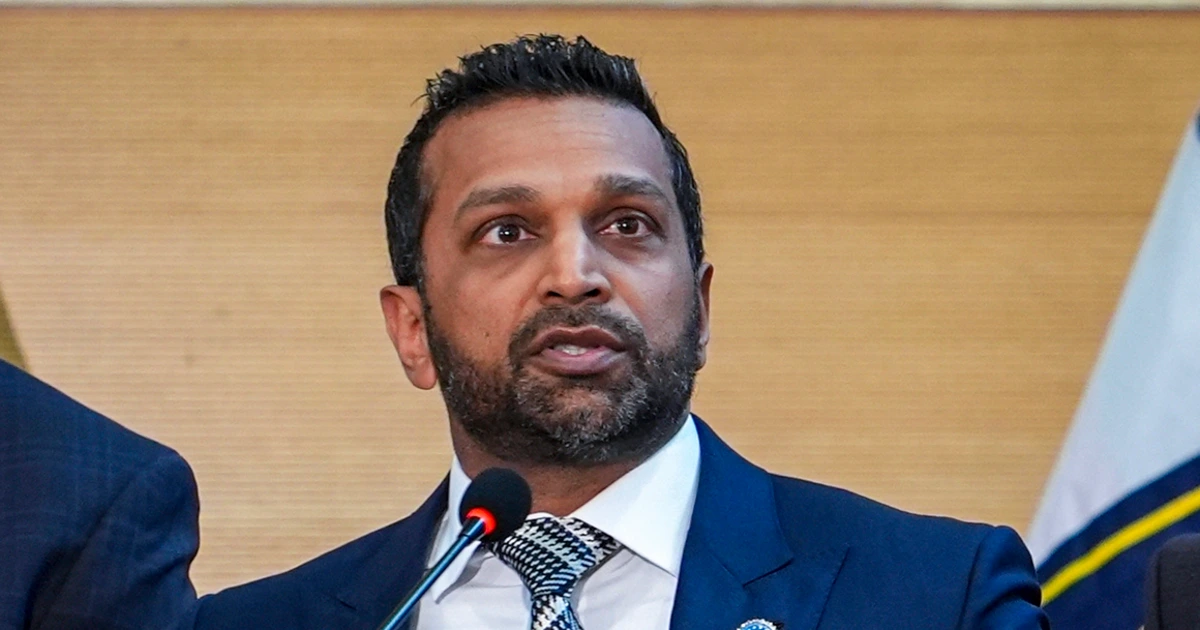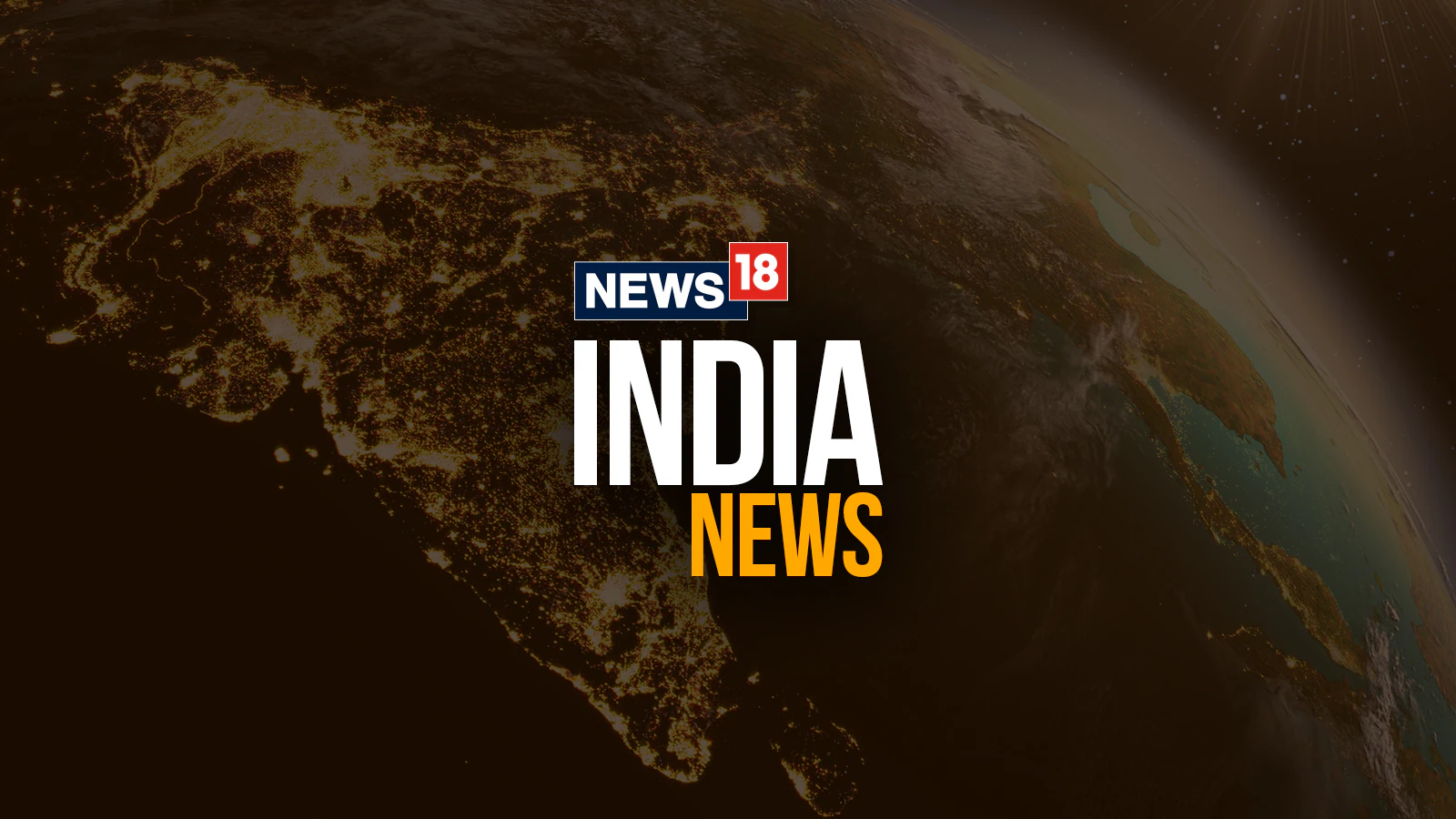By Brad Ryan,Elissa Steedman
Copyright abc

US President Donald Trump and Vice-President JD Vance are warning a federal government shutdown is imminent.
Politicians have just hours remaining to reach a deal that will avoid a lapse in federal funding that would close government departments and suspend workers.
Here’s a quick rundown on what that means.
What is a government shutdown?
It’s when government agencies across the nation are temporarily shuttered.
Under government shutdowns, federal employees considered non-essential are put on leave without pay — that’s known as being furloughed.
Those responsible for services deemed essential, including social security, post and immigration control, will be required to continue work, but won’t get paid until after the shutdown.
Tim Hagle, a political science professor at the University of Iowa, said government shutdowns were “more like a pause” than a total shutdown.
There have only been a handful of partial or full shutdowns in US history, and most went for just a few days.
But some have gone on for far longer.
The longest shutdown is also the most recent. It occurred under Mr Trump over 2018 and 2019 and lasted for 35 days — two weeks longer than any that had come before.
It’s estimated about 340,000 federal employees were put on leave in that period.
Why do shutdowns happen?
They tend to happen when there’s a disagreement over the federal budget.
Congress has full control over how federal funding is allocated.
To decide where money goes, politicians vote on appropriations bills.
Once a bill is passed by the House of Representatives and the Senate, it’s handed over to the president to sign it into law.
If the next year’s budget has not been approved before the current one expires, a government shutdown will likely occur, because without funding, departments can’t operate.
This can be temporarily avoided by enacting a continuing resolution that extends funding for a set period while negotiations continue.
So, what’s the disagreement this year?
There’s a deadlock over healthcare benefits.
Democrats want an extension to tax credits under the Affordable Care Act that have subsidised health insurance for millions of Americans since the pandemic.
They’re set to expire by the end of the year.
The federal government’s new fiscal year begins on October 1, but a new appropriations bill has not yet been approved.
The bill is being used as a form of leverage by Democrats in their negotiations and Republicans are refusing to compromise.
A bill to temporarily extend government funding for seven more weeks has already passed the House of Representatives but is now tied up in the Senate.
It needs support from at least 60 of the 100 senators, and Republicans currently only have 53 seats.
When would the government shutdown start?
Funding is due to lapse at 12.01 on Wednesday, local time.
For those following in Australia, that will be:
12.01pm AWST1.31pm ACST2.01pm AEST
If Congress hasn’t approved a new spending bill by then, the government shutdown will begin.
Why is it a big deal?
Shuttering even some government departments can have massive knock-on effects.
For their employees, it means they can go without pay for extended periods — whether they’re still working or furloughed.
The last shutdown was the equivalent of three lost pay cheques for some workers, leaving many unable to make mortgage payments, repay bills, or afford food.
Dr Hagle said the rest of the country may not see the effects right away.
“National defence, law enforcement, security … health care, those tend to go on,” he said.
In the 2018-19 shutdown, air travel became more difficult, with hundreds of flights grounded or delayed.
That’s because air traffic controllers and workers at security checkpoints are funded by the government.
While these workers were expected to keep working in earlier shutdowns, many didn’t, Dr Hagle said.
“Air traffic controllers started to not be able to show up for work for whatever reason — either they had to get a part-time job to supplement their income, or something like that,” he said.
“But that caused a threat to air traffic safety.”
During that same shutdown, the National Park Service was unable to provide visitor services at parks and monuments, meaning public toilets were closed and trash collection suspended.
As a result, human faeces, overflowing garbage and illegal off-road driving began to overwhelm some of the US’s iconic national parks.
Elephant seals took over a popular tourist beach in California when no staff were on duty to discourage the animals from congregating in the area.
The economy could also take a major hit under a prolonged shutdown.
Several private companies that work with the government would be unable to continue working.
Meanwhile, the Securities and Exchange Commission would also be shuttered, pausing applications for stock offerings, mergers and acquisitions.
The Congressional Budget Office found the shutdown in Mr Trump’s first term reduced GDP in the fourth quarter of 2018 by $US3 billion ($4.55 billion), compared with what it would have been otherwise.
That represented about 0.1 per cent of the US’s GDP at the time.
How has Trump responded?
Mr Trump has shown little interest in negotiating with the Democrats over their healthcare demands.
He agreed to hold a sit-down meeting with some of the major leaders in Congress on Monday, but repeatedly prefaced it by saying he expected no deal would be struck and the shutdown would go ahead.
Senate Democratic leader Chuck Schumer, Senate Majority leader John Thune, House Speaker Mike Johnson and House Democratic leader Hakeem Jeffries were in attendance.
After the meeting, Senator Schumer suggested the president was more open to the Democrats’ proposals than the other Republican leaders who attended.
But he conceded “there are still large differences” between the two camps.
Vice-President JD Vance told reporters after the meeting he thought a shutdown was likely “because the Democrats won’t do the right thing”.
That was backed up by a memo from the White House’s Office of Management and Budget, which told departments to prepare for permanent lay-offs if a shutdown occurs.
Dr Hagle said if the shutdown does happen, both parties will likely treat the period as a public relations battle.
When one occurred under the Obama administration, the government “wanted to make it hurt” as a way to force Republicans into negotiating, Dr Hagle recalled.
The Republicans may choose a different tack this time, though.
The president has threatened mass firings of government workers if the shutdown goes ahead, shrinking the government workforce even further.
During his presidential campaign, Mr Trump promised to downsize bureaucracy, and set about axing thousands of government jobs when he returned to office earlier this year.
“[The Department of Government Efficiency] didn’t go as far as perhaps some Republicans and maybe Trump wanted, so this might be an opportunity for them to continue that all of a sudden,” Dr Hagle said.
“[If] parts of a government agency are seen as non-essential, then maybe they can be let go on a more permanent basis as well.
“So as a result of that, Republicans probably feel in a little bit stronger a position right now.”



